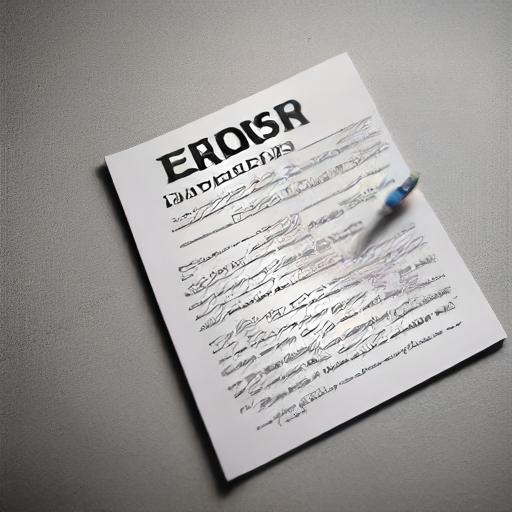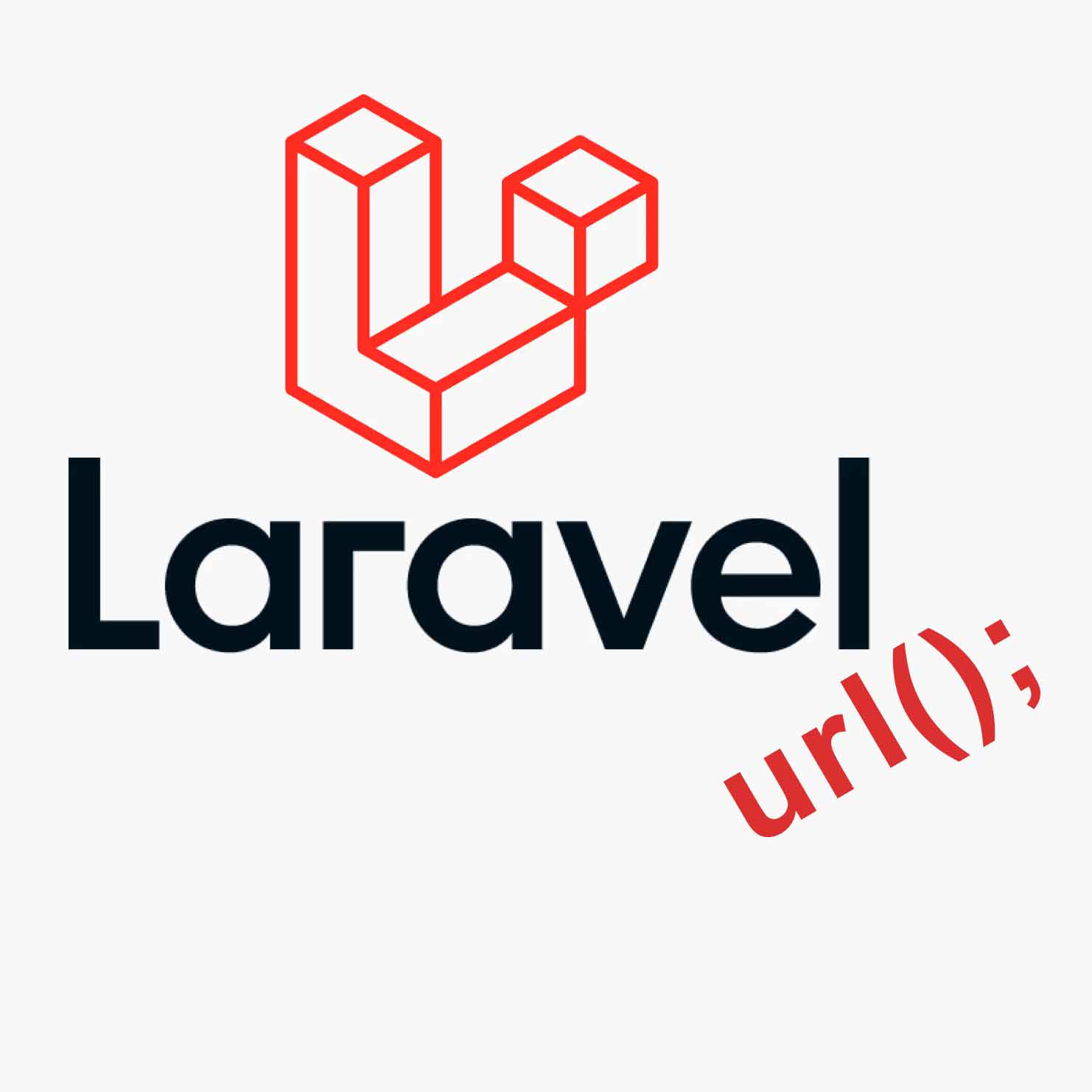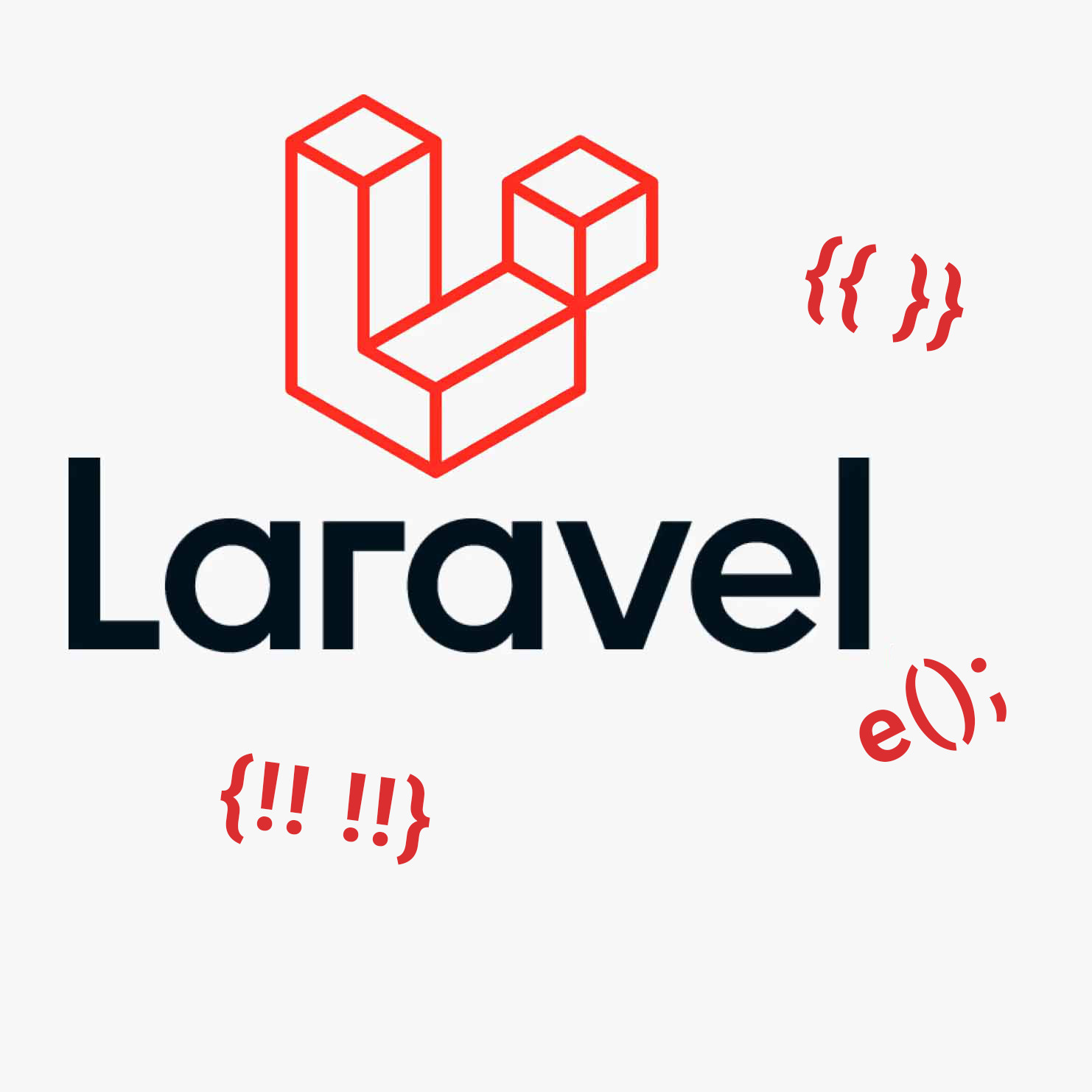Introduction
Laravel is one of the most popular PHP frameworks, loved for its simplicity, elegance, and solid foundation. Unfortunately, even the best-designed frameworks can be vulnerable to security errors if not used properly. Here are the 10 most common security mistakes in Laravel projects and ways to avoid them.
1. Lack of Data Validation
Input validation is the foundation of any web application’s security. Developers often assume that input data is always correct, which can lead to various attacks such as SQL Injection. Laravel offers built-in validation mechanisms that should be used:
$request->validate([
'name' => 'required|string|max:255',
'email' => 'required|string|email|max:255|unique:users',
]);
2. Improper Session Management
User sessions are crucial for security. Storing sessions in inappropriate places or lacking proper security measures can result in session hijacking by an attacker. Laravel allows storing sessions in the database, which is much safer:
// config/session.php
'session' => [
'driver' => 'database',
// other settings
],
3. Lack of CSRF Protection
CSRF (Cross-Site Request Forgery) attacks force users to perform unwanted actions. Laravel automatically protects against these attacks using CSRF tokens. It is essential always to use this mechanism in forms:
<form method="POST" action="/example">
@csrf
<!-- form fields -->
</form>
4. Improper Access Control Management
Managing user permissions is another critical element. Often, developers fail to implement appropriate restrictions, which can lead to privilege escalation. Laravel offers an extensive authorization system through the Laravel Authorization package:
Gate::define('update-post', function ($user, $post) {
return $user->id === $post->user_id;
});
5. Storing Passwords in Plain Text
Storing user passwords in plain text is a serious mistake. Laravel automatically hashes passwords using bcrypt, but it’s essential not to overlook this functionality during implementation:
use Illuminate\Support\Facades\Hash;
$password = Hash::make('secret');
6. Using Outdated Framework Versions
Old software versions often contain known security vulnerabilities. Make sure always to use the latest version of Laravel and update all dependencies:
composer update
7. Lack of Exception Handling
When displaying application errors, it is crucial not to reveal too much information that could aid potential attackers. Debugging should be disabled in production:
// .env
APP_DEBUG=false
8. Inadequate CORS Configuration
CORS (Cross-Origin Resource Sharing) allows you to control which domains can communicate with your application. Improper configuration can lead to XSS attacks and other threats. Laravel allows easy CORS management through middleware:
// config/cors.php
'paths' => ['api/*'],
'allowed_methods' => ['*'],
'allowed_origins' => ['*'],
9. Lack of Protection Against SQL Injection
Although Laravel uses the Eloquent ORM, which protects against SQL Injection, there is still a risk if you use raw SQL queries. Always use bound queries:
$users = DB::select('SELECT * FROM users WHERE active = ?', [1]);
10. Improper File Management
File uploads are a common attack vector. Laravel offers methods for securely storing files. Ensure that you properly validate and store uploaded files:
$request->validate([
'file' => 'required|file|mimes:jpg,png,pdf|max:2048',
]);
$file = $request->file('file')->store('uploads');
Summary
Web application security is a topic that cannot be ignored. Laravel provides tools that help secure the application, but ultimately, it is up to the developer to use them properly. Avoid these common mistakes, and your application will be much more resistant to attacks.


